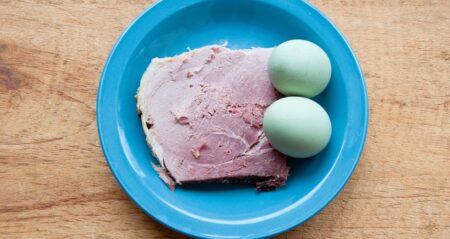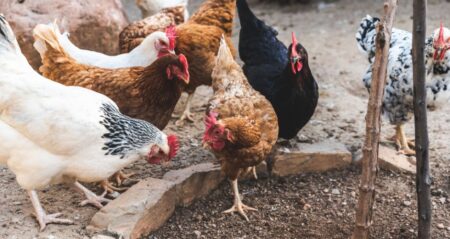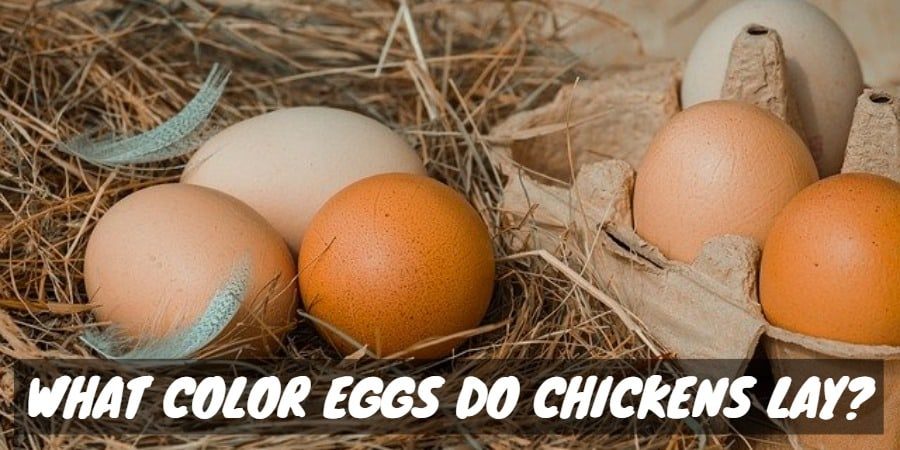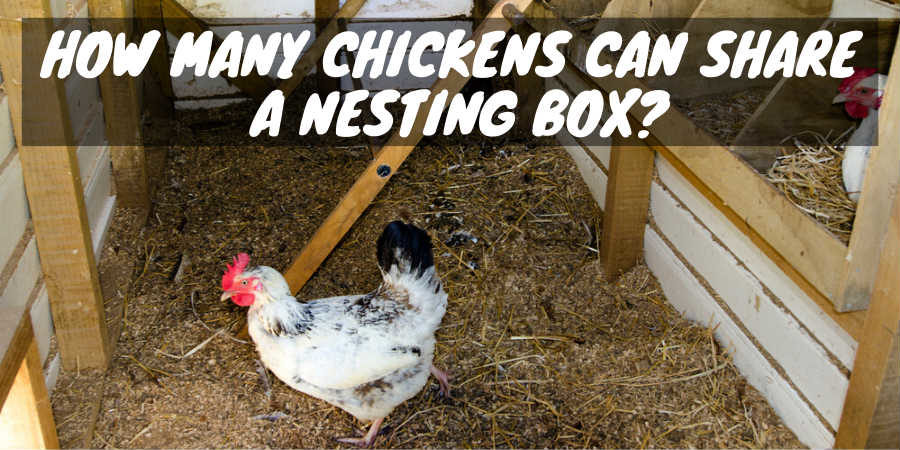If you’ve been in backyard chicken keeping for more than a moment, you know that a rainbow carton of eggs is all the rage!
I don’t know if our fascination stems from the excitement of finding out there are more than simply brown and white eggs, or if it is spurred on as a by-product of chicken math but, collecting all the colours seems to be the Pokemon of the chicken world.
Gotta lay them all. Or at least have a flock that lays them all.

Our Story of The Green Egg
A side note: I know you’re reading this because you have chickens and you’ve been in the Facebook groups long enough to know that there are colourful and wonderful eggs that will delight not only in your omelette but also serve as a stunningly simple home decor item that is a show stopping conversation piece but …
We need to keep that not everyone knows how these pops of happiness end up in the egg carton.
Just the other day my son brought his eggs to church where a few families buy from him to support his little entrepreneurial spirit. One of the ladies was surprised, and a little shocked, to find what she thought was a dyed egg in her carton.
The following week she came up to my son and said she thought it was so special he coloured the eggs.
He honestly didn’t know what to say aside from giggle and tell her our chickens colour them.
She had a good laugh at her lack of knowledge and was even more eager to support my son in his egg business knowing that he was learning so much and that she could have Easter eggs all year long.
So, how is it that we can come by getting our hands on a chicken that lays a green egg.
Who Lays Green Eggs?

The good news is, there is more than one way to get a green egg (and it doesn’t have to be rotten!)
Before we go head long into genetics and breeding your flock to encourage coloured egg layers, let’s talk about the common chickens that lay stunning green eggs.
- Easter Eggers
- Isbars
- Favaucana
Let’s talk about each breed and what you can do to increase your odds of curbing that green with envy feeling by stocking your coop with coloured layers.
Easter Eggers: The “Go To” Green Layer
You’ve probably heard the term Easter Egger around the chicken coop, they are quickly becoming a fan favourite when it comes to backyard hens.
Not only are they relatively “easy” to produce (in that they are a backyard mix that has the added bonus of laying wonderfully colourful eggs) they are also proficient layers and hearty birds.
Easter Egger chickens arise when you combine a brown egg layer – could be any really, and an ameraucana chicken. The combination of which produces a puffy, fluffy, adorable chicken that can lay a spectrum of egg colours from pink or brown, to egg and even blue.
None of the eggs colours are a disappointment really, but when you have one who produces a green egg I’ll tell you, she holds a special place in your heart.
Isbars: A Breed All Their Own
Most green egg layers are fancy barnyard mixes and are only more sought after because of the possibility of laying olive, mint, or moss coloured eggs.
Isbars are a breed all their own.
While still a new breed, originating in Sweden in the 80’s, these wonderful chickens lay up to five speckled, green-tinted eggs a week. This is due largely in part to their heritage tying back to the Rhode Island Red (a consistent and common backyard chicken).
Favaucana: The Fancy Easter Egger
Remember how I said that most Easter Egger chickens are really just premium backyard mixes, well the Favaucana is no exception really.
The only difference is that, instead of having any ole brown egg layer to be the blue egg laying gene, the favaucana crosses ameraucana with a faverolle. The result is a stunning bird that is either muffed or bearded, larger in size, and often are outfitted with the sweetest little trousers (feathered legs).
Interesting tidbit: many have five toes much like what is expected with the fluff ball silkies.
Similar to the standard Easter Egger, Favaucanas lay an array of egg colours including seafoam green, olive, blue and tan.

Raising Your Own Green Layers
The great thing about wanting to add a little colour to your flock is that a little goes a long way.
What do I mean by that?
The quickest way to breed green egg layers in your existing flock is to add an Ameraucana rooster (or any rooster in a line of blue egg layers like Ameraucanas, Araucanas, and Cream Legbars).
One rooster will get the job done my friends, and be happy to oblige.
Even if your flock is filled with brown and white layers, adding a little variety in the gene pool will spark a rainbow basket of eggs in no time.
Want olive eggs?
Try adding Black Copper Marans into the mix. Their chocolate brown eggs combined with a blue egg layer gene produces a stunning and humble olive egg.
Green is not Guaranteed
Just like human genetics, the outcome of two parents doesn’t necessarily guarantee the look, and lying, of the child.
What do I mean by that?
Well, just because you do all your homework and get a blue egg layer in with the brown layers and you know, beyond a shadow of a doubt that they reproduced, it doesn’t guarantee green eggs.
It’s the luck of the draw when it comes to how the chicken processes oocyanin in their liver and whether that gene is selected in the production of the developing embryo.
Much like you can’t guarantee green eyes!
What Makes the Egg Blue?
The blue colour is created by oocyanin, which is applied early in the laying process. The blue pigment goes right through the shell! Blue eggs are blue inside and out.
Blue and brown genes combine and the resulting is a variation of brown and blue which can land anywhere on the spectrum from pink to olive. It really is an exciting luck of the draw!
Tips When Tending Easter Egger or Green Laying Chickens
If you’re allowed to keep roosters on your property, of if you’re like me and you talk with the neighbours, make sure it’s ok with them, and then never tell the township you have a rooster … or 24 hens and two turkeys … here are my tips if you want to have green layers.
If you have an existing flock of brown layers and you are hoping to breed the next generation for variety of egg colour in your basket, don’t get an Easter Egger rooster!
Easter Eggers aren’t guarantees to carry the blue or green gene and therefore aren’t guaranteed to breed coloured layers.
If you want to ensure you pass on the blue gene get yourself a blue layer, an Ameraucana is easy, hearty, and will pass on the loveable beard.
With one blue laying rooster, every hen who hatches out eggs will be guaranteed to carry the blue gene (whether the offspring lay pink, tan, blue, green, or olive eggs will remain to be seen) and therefore each hatched chick will be primed for colourful success.
Conclusion
I am going to say it, though I know it probably doesn’t need to be said …
The colour of your chickens egg bears no influence on the nutritional value of the egg itself, only its esteem and beauty (I kid!).
Adding a little colour in your flock and increasing the green egg production is a relatively simple process, whether you go out in search of Easter Eggers, Isbars, or Favaucana or you add a blue laying rooster to your flock and you let him do his thang …
Green eggs are really no more than glorified backyard mixes who add surprise and whimsy to your chicken tending dream.
Now, tell me, what colour egg is your favourite!




